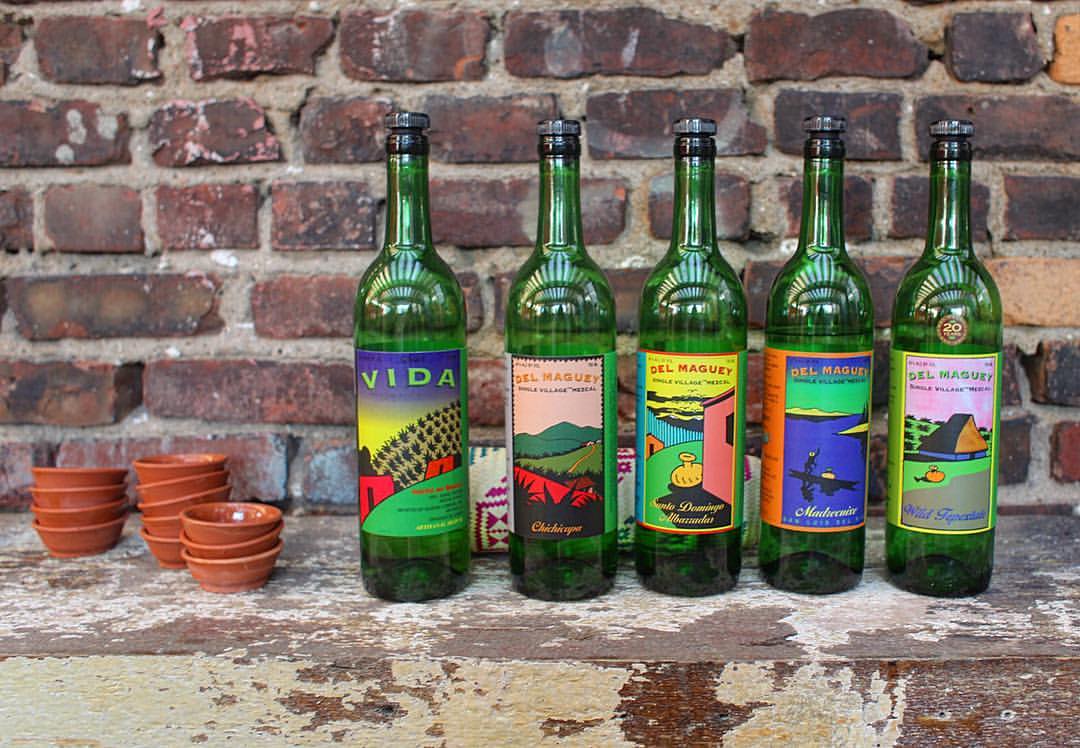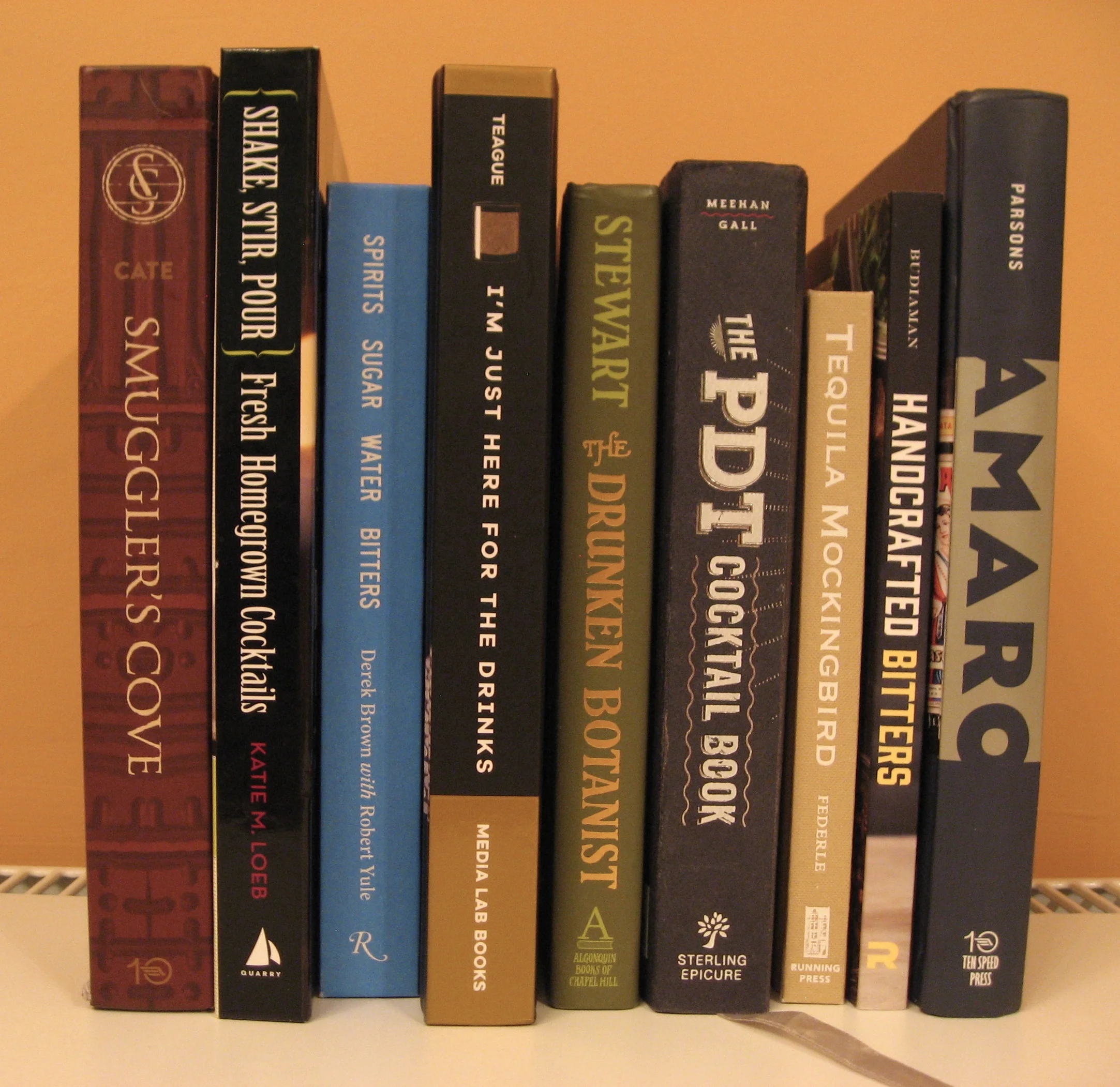Mezcal is in!

A few months ago, I attended a mezcal tasting at the Mexican Cultural Institute here in DC. More than a dozen brands were represented, each with several different bottles for sampling. I was completely blown away by the quality and variety of mezcals I tasted. Long gone are the rotgut bottles of harsh paint thinner with a worm at the bottom. These carefully crafted, small-batch mezcals were made for sipping, and offered an incredible range of flavors: black pepper, orange, cedar, melon, earth, dried chile, honey, pineapple, gunmetal, grapefruit, cinnamon, green pepper, and banana were some of the tastes I discovered, along with the underlying element of smoke that's a defining characteristic of mezcal.
Wild-growing agave in its native setting (all photos courtesy of Jorsand Diaz).
Mezcal (and its better-known cousin, tequila) is made from agave, a pointy-leaved, desert-growing succulent that resembles a very large aloe but is more closely related to asparagus. Artisanal mezcal is produced by hand in small batches (sometimes fewer than 100 bottles) in village palenques, using centuries-old methods that combine New World and Old World traditions. For millennia, natives of Central America have been cultivating, harvesting, roasting, and eating agave – and they’ve probably been drinking a fermented version of its sap, called pulque, for nearly as long. [I have this information on good authority – J has a Ph.D. in Mayan archaeology, and did field work in agave cultivation.] The techniques and equipment for distilling alcohol were introduced in the 16th century by Spanish colonialists, possibly by way of the Philippines. Inevitably, this led to the distillation of the fermented juice from the roasted agave, giving rise to a new type of booze for our drinking pleasure.
Agave cultivation and harvesting, Rey Campero fields; roasting agave hearts (piñas), Candelaria Yegolé; clay pot distillation, Oaxaca.
Much like tequila a few years ago, mezcal is currently enjoying a boost in popularity – partly the result of faddishness and buzz, but mostly due to increasing availability of the good stuff. Unlike tequila, which is made solely from the Weber Blue variety, mezcal is produced from an assortment of agaves – most often espadin, but also arroqueño, barril, tepeztate, the wild tobalá, and others. In terms of variety and complexity, mezcal is more similar to wine than to spirits. This parallel extends to the method of limited-batch production from small plots of agave, analogous to the concept of terroir, and the influence of the mezcalero (mezcal master) on the final product, just like the vintner's role in winemaking.
A selection of regional small-batch mezcals from Del Maguey (top photo) and Almamezcalera (here). So many choices - where to begin?
Since agave can take years (even decades) to mature, demand has outstripped the limited supply. Consequently, many artisanal mezcals are pricy and hard to find. Your best shot at sampling an assortment of them is your friendly neighborhood mezcal bar (assuming your neighborhood is in a fairly large and cosmopolitan city). Be sure to go on a weeknight when it’s not too busy, so you can learn about what you’re drinking from the experts behind the bar. I owe a big "thank you" to Jorsand Diaz, the maestro of mezcal at ATLA in New York, for sharing his knowledge, his passion, his photos, and, most importantly, his collection of amazing mezcals. ¡Salud!
h.










